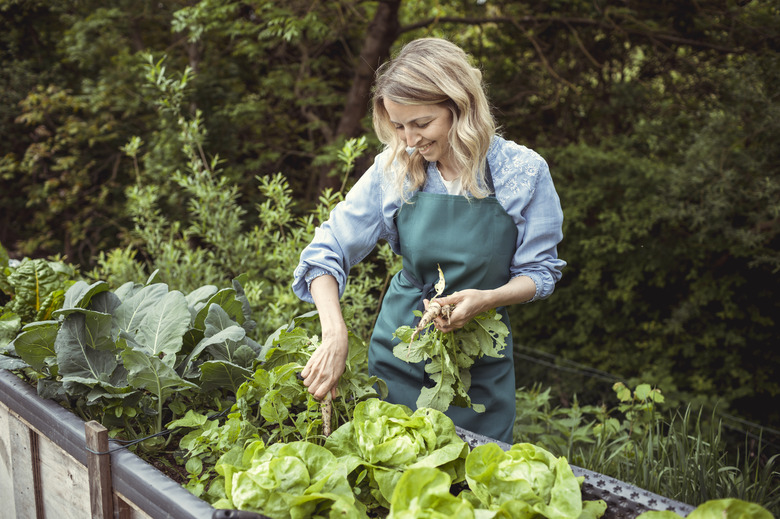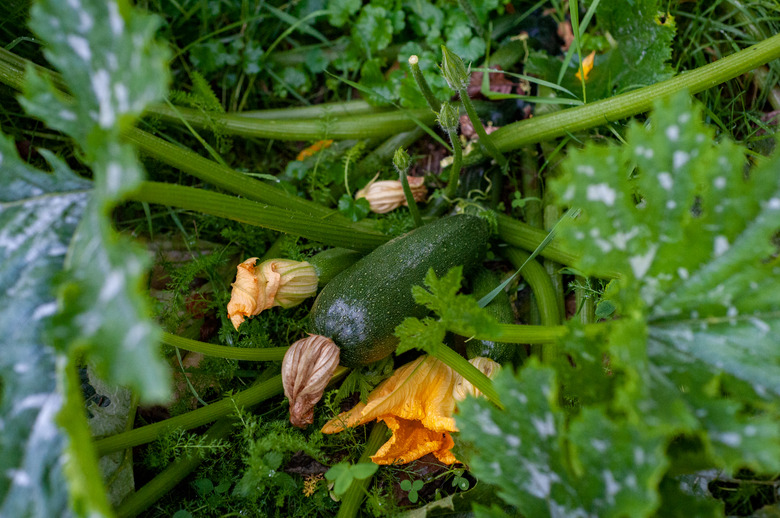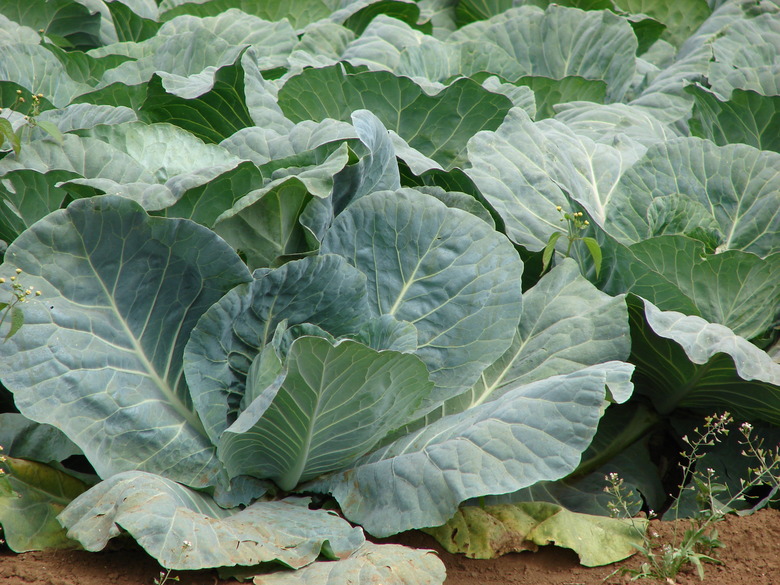Maryland Vegetable Planting
To successfully grow vegetables in the Mid-Atlantic state of Maryland, consider the temperature needs of the crops you want to plant and the length of the growing season in your region. The growing season is dictated by the number of frost-free days in the year, which vary within Maryland, as it spans several growing zones, specifically USDA hardiness zones 5a to 8a.
In some cases, you may need to start seeds indoors in Maryland in order to extend the growing season.
Cool-Weather vs. Warm-Weather Vegetables
When it comes to temperature requirements, vegetables fall into two categories: cool-season and warm-season vegetables.
Cool-weather vegetables produce the best crop when they mature during cool weather. Warm season vegetables, on the other hand, perform best during hot weather and can be injured or killed by the cold. Even warm-season vegetables, however, will stop producing if temperatures climb too high.
Both types of vegetables can be grown in Maryland.
What Seasons to Grow Common Vegetables in Maryland
| Cold-Weather Vegetables | Warm-Weather Vegetables |
| Cabbage | Eggplants |
| Spinach | Peppers |
| Cauliflower | Tomatoes |
| Broccoli | Cucumber |
| Lettuce | Squash (Summer and Winter) |
| Carrots | Okra |
Frost Dates and Planting Schedule
Most vegetables, even some that are cool-weather crops, can be injured or killed by frost. Therefore, it is important to know when to expect the last frost of the spring and the first frost of the fall, which determine the length of the growing season and when you should plant and harvest crops.
Knowing which of Maryland's USDA plant hardiness zones you are located in will give you a sense of when you can expect last and first frosts. However, the specific dates can vary considerably from one year to the next based on local conditions.
Starting seeds indoors makes it possible to extend the growing season.
Direct Seeding vs. Transplants
Given the length of the cool-weather and warm-weather growing seasons in Maryland, some crops are best started indoors and transplanted into the garden when conditions are right. Starting seeds indoors makes it possible to extend the growing season.
You can also opt to purchase transplants from a nursery rather than starting them yourself.
Other vegetables can be directly seeded into the ground in Maryland when the time is right. Many of these crops do not transplant well. They include cucumbers, leeks and okra.
Warm-Weather Vegetables
When to Plant Peppers in Maryland
Peppers are very frost-tender vegetables. Therefore, according to the University of Maryland Extension vegetable planting calendar, you'll want to start pepper seeds indoors in February through early April and transplant them into the garden sometime in May, once frost is no longer a concern and soil temperatures are above 65°F.
When to Plant Zucchini in Maryland
While you can start zucchini seeds indoors in Maryland as you can peppers, this is an example of a vegetable that can be directly seeded into the garden in the spring after the last frost date has passed.
Zucchini takes just about two months to mature after planting, therefore you can opt to sow a second crop in early July for a late summer harvest.
Cool-Weather Vegetables
In the case of cool-weather vegetables, starting seeds indoors makes it possible to harvest these crops before temperatures get too warm. Some cool-weather vegetables can be planted in the spring for a summer harvest and again in late summer for a fall harvest.
When to Plant Cabbage in Maryland
If you are wondering when to plant cabbage in Maryland, for example, the answer depends on the season.
For a spring crop, start cabbage seeds indoors from mid-February through mid-March and transplant them into the garden about a month later. For a fall crop, start the seeds indoors from mid-June through mid-July and move them outdoors sometime from mid-July through mid-August.
When to Plant Onions in Maryland
Bulb onions require 85 to 120 days to reach maturity, which is why usually just a spring crop is feasible in Maryland. Start onions as seedlings indoors in February and transplant them into the garden in April.
Tip
Bulb onions are categorized based on how many hours of sunlight a day they take to produce a bulb. Long day cultivars that need 15 to 16 hours of sunlight a day perform better in Maryland than short day cultivars.
Perennial onions, also known as multiplier onions, are typically planted in the fall in Maryland.
References
- University of Maryland Extension: Fall Frost or Freeze Dates in Maryland
- University of Maryland Extension: The Gardener's Guide: What To Do and When PDF
- University of Maryland Extension: When to Plant Vegetables
- University of Maryland Extension: Growing Peppers in a Home Garden
- University of Maryland Extension: Growing Summer Squash (Zucchini) in a Home Garden
- University of Maryland Extension: Growing Onions in a Home Garden


